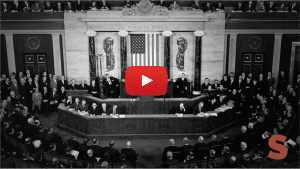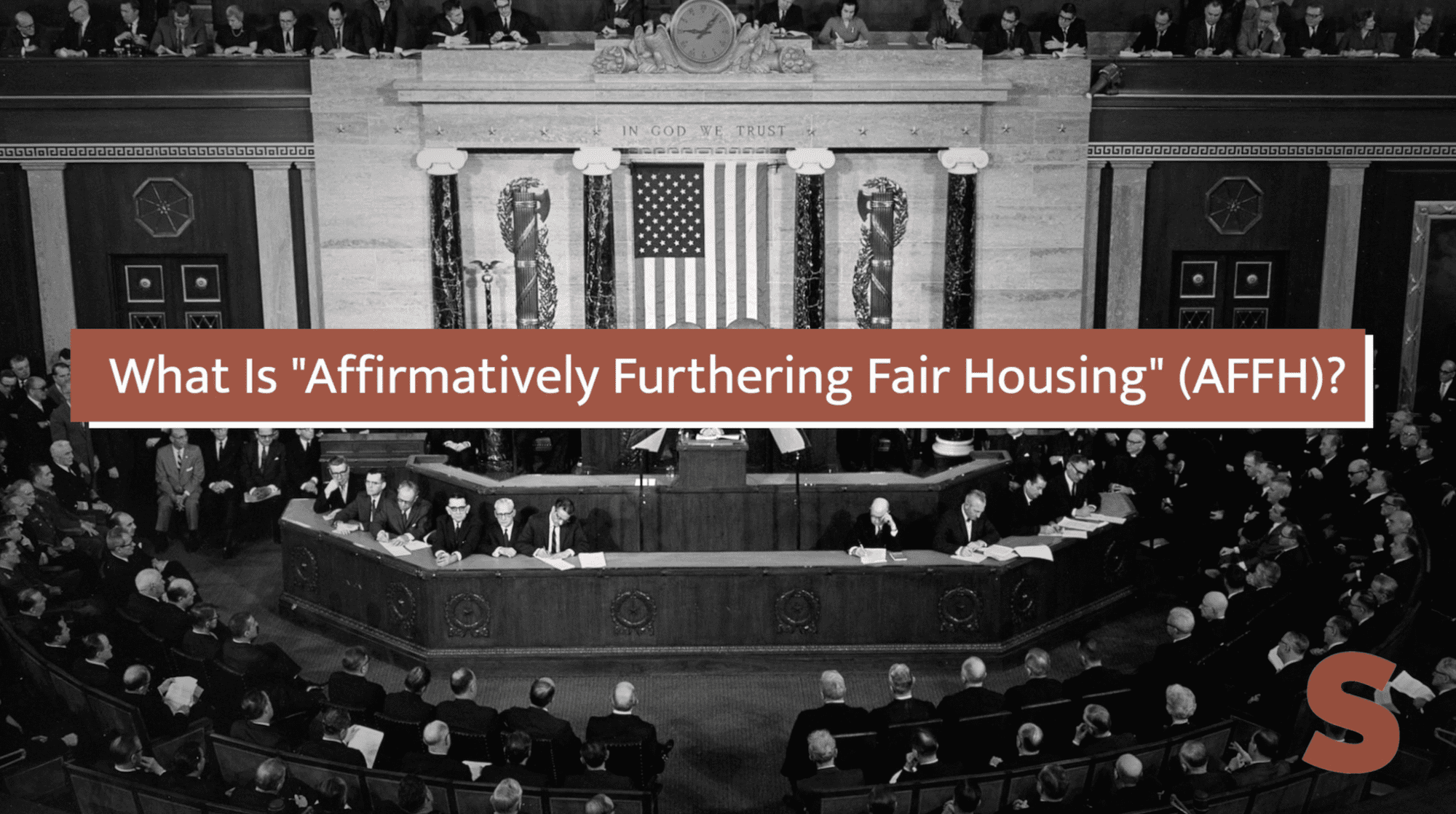This article is part of the Under the Lens series
New AFFH Rules: What You Need to Know

“Ley de Vivenda Equitativa / Fair Housing Act,” 2010, by Katie Wolf, is an artwork that is constructed of both Spanish and English versions of the Fair Housing Act. Photo by START Gallery, via Flickr, CC BY-NC-ND 2.0
Legislation is only as good as its implementation and enforcement. This is something fair housing advocates know too well, as enforcement of the Fair Housing Act has largely been left to them over the decades. In particular, they’ve been left to champion those crucial lines in the Fair Housing Act that require federal agencies, and anyone getting HUD funding, to dismantle the effects of past discrimination, not merely prevent future discrimination.
Those lines, known as the “Affirmatively Furthering Fair Housing” (AFFH) provision, require a lot more direction to be effective. To enforce such a broad statement, first you must decide how to measure the need and how to define success. You also need to wrestle with how to account for the fair housing landscape looking different from place to place, without being so flexible you let jurisdictions weasel out of their obligations. None of these things are spelled out in the Fair Housing Act, but they are what HUD tries to implement via its AFFH regulations, a new and very important set of which was released by the Biden administration at the end of January.
HUD is accepting public comment on these regulations through April 10, so we’ve put together a short video to explain what AFFH is and the history of its enforcement (please share with people who are new to the topic!). We also take a more in-depth look at the history of AFFH and the new rule, and next week we’ll have some commentary from advocates who’ve been working on fair housing for a long time.
We’d also like to hear from you—how much of a difference do you think the new rules will make? How could they be improved? Will you be commenting to HUD, and if so, what do you intend to say?
Editor’s note: As of April 6, the comment period for the proposed rule has been extended. Comments should be received on or before April 24.
|
|





Comments